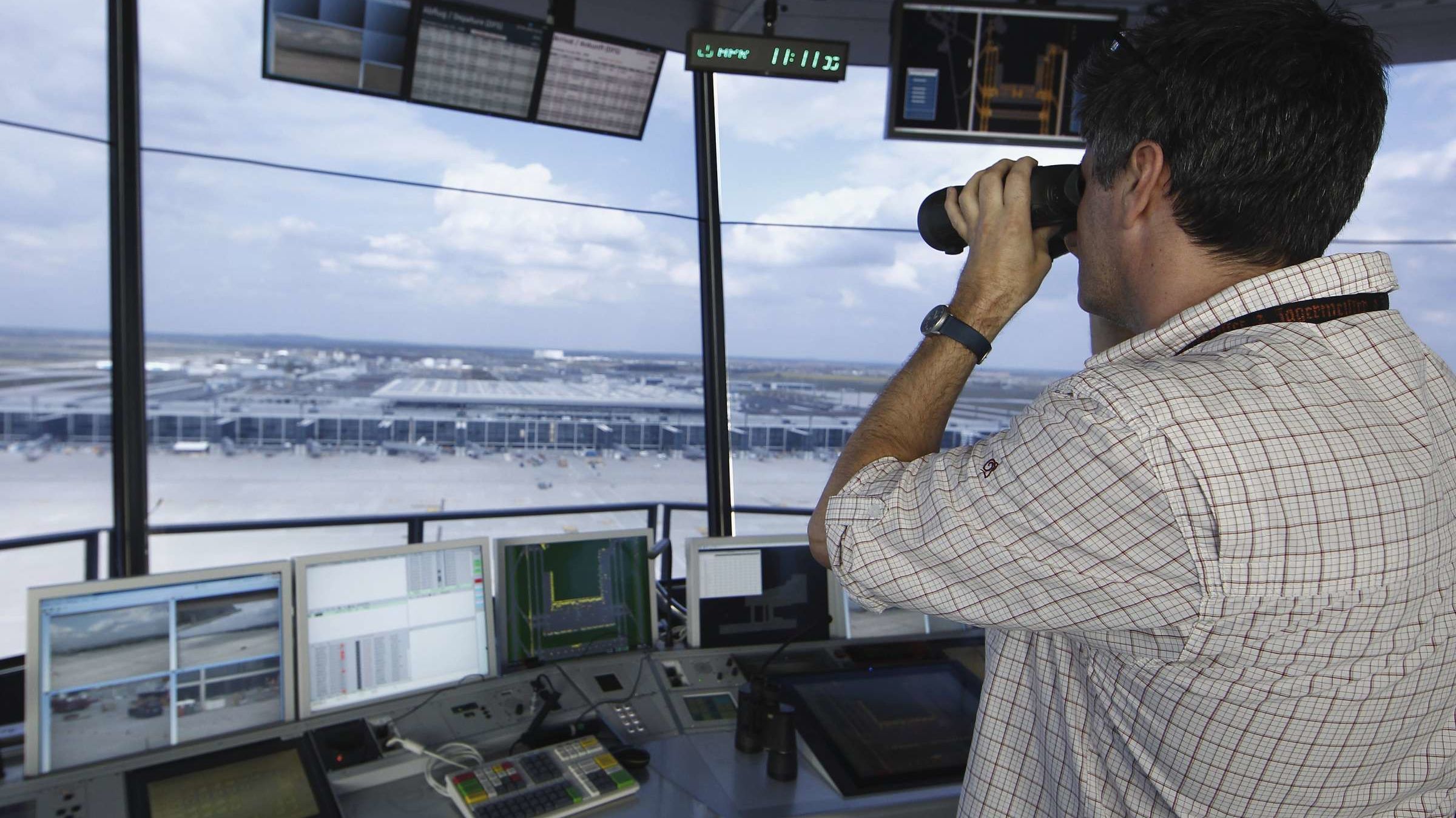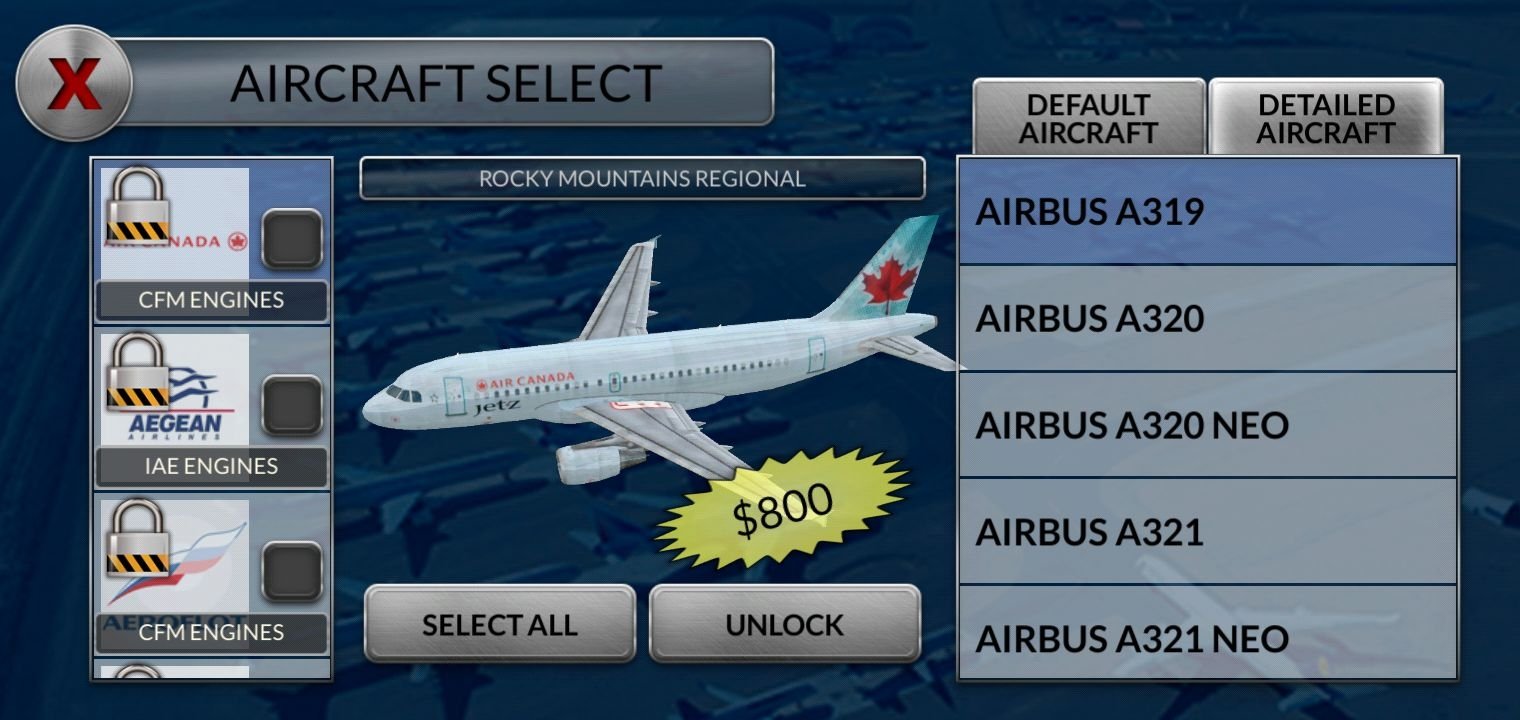

- Air traffic controller 3 deutsch registration#
- Air traffic controller 3 deutsch series#
- Air traffic controller 3 deutsch windows#
Air traffic controller 3 deutsch windows#
As with Windows 3.0, version 3.1 had File Manager and Program Manager, but unlike all previous versions, Windows 3.1 cannot run in real mode.

Windows 3.1 was designed to have backward compatibility with older Windows platforms. Windows 3.1 was originally released on Apofficial support for Windows 3.1 ended on December 31, 2001. During its lifespan, Windows 3.1 introduced several enhancements to the still MS-DOS-based platform, including improved system stability, expanded support for multimedia, TrueType fonts, and workgroup networking.
Air traffic controller 3 deutsch series#
Subsequent versions were released between 19 until the series was superseded by Windows 95. The series began with Windows 3.1, which was first sold during April 1992 as a successor to Windows 3.0. FAAO 7110.Windows 3.1x (codenamed Janus) is a series of 16-bit operating systems produced by Microsoft for use on personal computers.Wikimedia Commons has media related to Flight progress strips.

These generally use touch-screens to show the flight information, while still trying to keep some of the physical aspects of paper strips and strip racks. In some countries, strips have been replaced by electronic equivalents. For 'free-calling' aircraft (generally smaller aircraft transiting airspace), strips must be fully hand-written by the controller or assistant from information passed by radio. Further information is then added by controllers and assistants in various colored pens to show the role of person making the annotation. This can be used either as a personal reminder or as a form of communication between controllers.įor filed flight plans, strips are initially printed from a computer and often contain more information than this. In addition a strip may be "cocked out", or offset, from normal alignment to highlight potential issues. Other information may be added as required. At least one time in four figures (other times can be shortened to minutes only).Aircraft type as the relevant 4-letter ICAO designator (e.g.
Air traffic controller 3 deutsch registration#
aircraft registration or a flight number) There are many styles of progress strip layouts, but minor differences aside, a strip contains at least: This technique is still used today within some control towers for example, the ground controller may physically hand the strip to the local controller as the aircraft reaches the runway, or the local controller will drop the strip and strip holder down a chute to the departure radar controller in the room below, once the aircraft has been cleared for takeoff.Ī blank and a filled-out example of a US en-route flight progress strip In fact, the term "handoff," which is used today to denote the computerized transfer of control of an aircraft from one sector to another, comes from the older technique of physically handing off the flight progress strip to the next controller to denote the transfer of responsibility. This is not always a problem-free transition, since physical strips have many characteristics that a computer system cannot replicate. In some countries, flight progress strips have been replaced by computer displays. They may even be used to provide a quick reminder to the controller of other pertinent information, e.g.

Other special strips can be used to indicate special airspace statuses, or to represent the presence of physical obstructions or vehicles on the ground. Each bay might be further sub-divided using 'designator strips' and metal bars to allow even more information to be portrayed by the position of a flight progress strip. The position of the strip in the board is a significant part of the information of the strip board: approach and area controllers typically keep their strips in level/altitude order, whereas tower controllers use the bays to represent the ground, the runway and the air. The strip board has vertical rails that constrain the strips in several stacks ('bays'). The color of the strip holder itself often has a meaning. The strip is mounted in a plastic boot called a 'strip holder' and placed with other strips in a 'strip board' which is then used as a representation of all flights in a particular sector of airspace or on an airport. While it has been supplemented by more technologically advanced methods of flight tracking since its introduction, it is still used in modern ATC as a quick way to annotate a flight, to keep a legal record of the instructions that were issued, to allow other controllers to see instantly what is happening and to pass this information to other controllers who go on to control the flight. A strip bay at a high-altitude procedural area control sector in IndonesiaĪ flight progress strip is a small strip of paper used to track a flight in air traffic control (ATC).


 0 kommentar(er)
0 kommentar(er)
